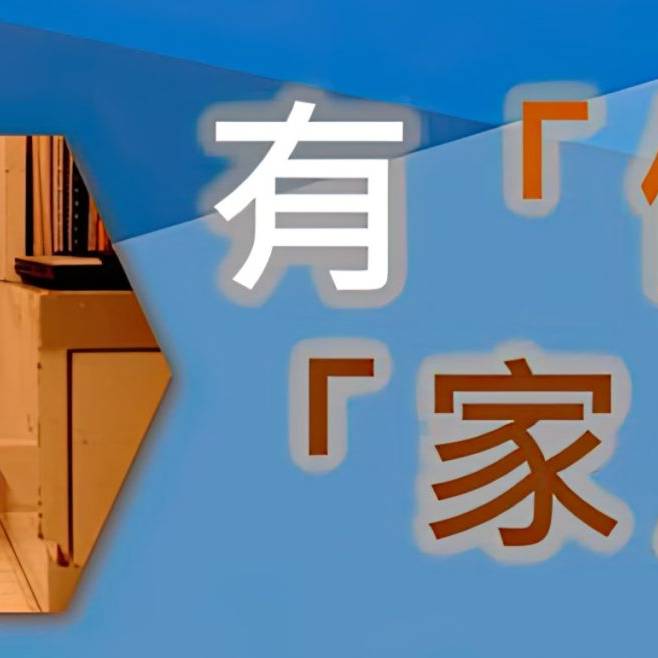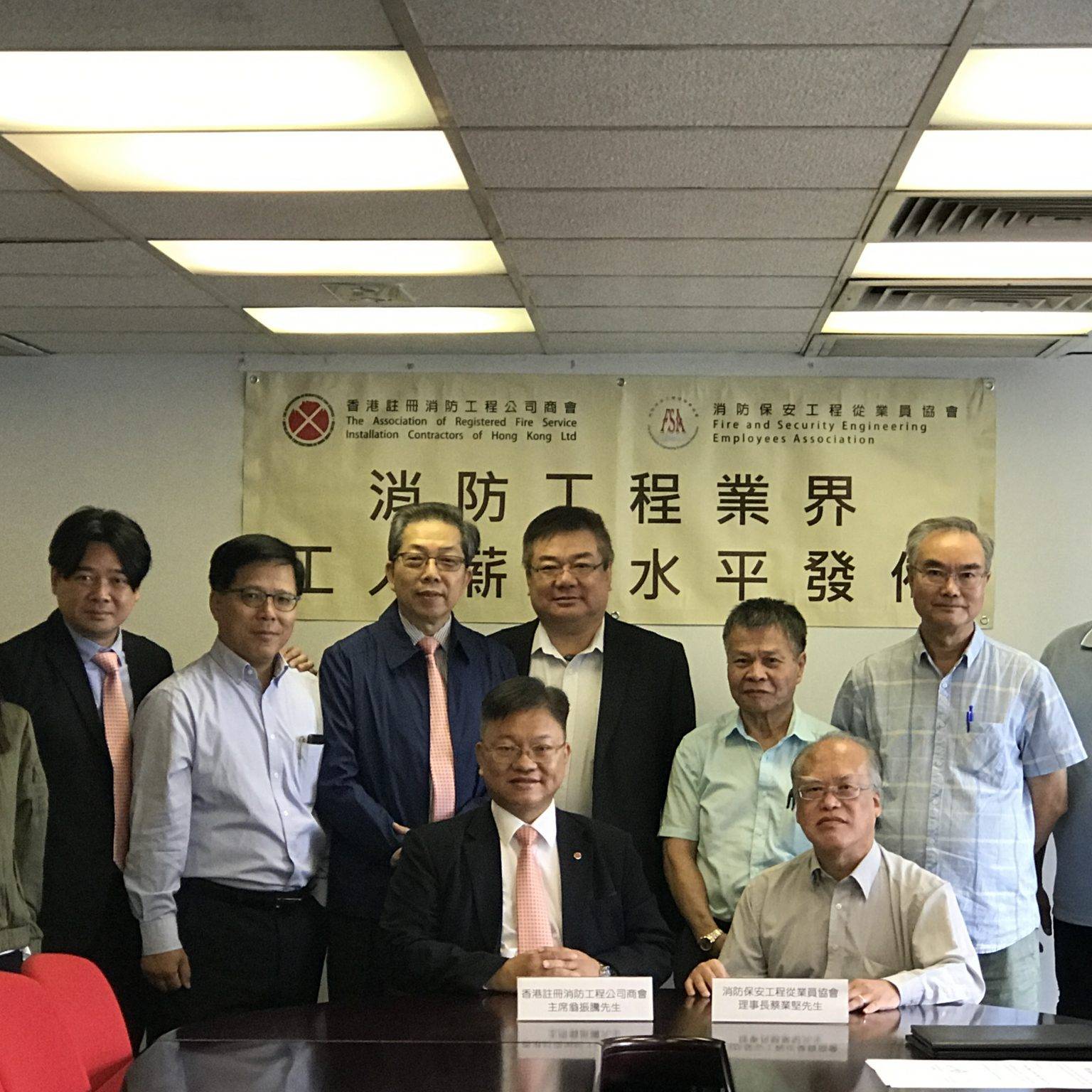Carbon dioxide fire extinguishing systems (CO2 system) are useful in protecting against fire hazards when an inert, electrically non-conductive, three dimensional gas is essential or desirable and where clan up from the agent must be minimal.
The amount of carbon dioxide (CO2) needed to reduce the oxygen level to a point at which various fuels are prevented from burning is relatively high and is also at a level where humans will suffer undesirable health effects.
For example, at concentrations greater than 17 percent, such as those encountered during CO2 fire suppressant use, loss of controlled and purposeful activity, unconsciousness, convulsions, coma, and death occur within 1 minute of initial inhalation of the gas.
n response to a gassing accident arising from an annual maintenance of a CO2 system in a D.G. store in 2002, investigation by the staff of the Occupational Safety & Health Branch, Labout Department revealed that the unexpected release of the gas took place when the fire service contractor tried to resume the operation of the system by remounting the solenoid activator back to the body valve of the CO2 gas cylinders. The system was activated by the actions and the CO2 gas was discharged into the ‘protected area’ and resulted in injuries. It is considered that the injuries might be avoided if the door of the D.G. store could be closed properly. By closing the doors tightly, the gas would be confined inside the protected area even the system in accidentally actuated, this would give more time for the persons to resolve the crisis.
In view of the accident, the following recommendations are given :
[vz_lists type=”dots”] [vz_list]The fire service installation contractors should adopt a good practice to (a) leave the ‘protected area’ if possible, and (b) close the doors of the ‘protected area’ properly before remounting the solenoids back to the master gas cylinders to avoid the danger of accidental discharge through the nozzles[/vz_list] [vz_list] The contractors should take the initiative in consulting the possible routes(s) of access and egress to and from the work location. They should negotiate with the relevant parties if a clear passageway(s) is not maintained[/vz_list] [/vz_lists]



